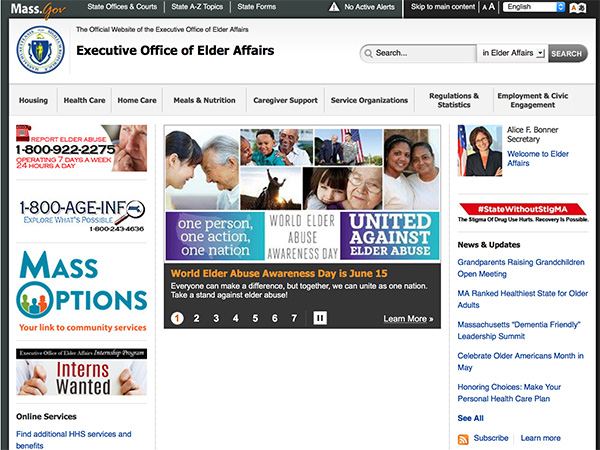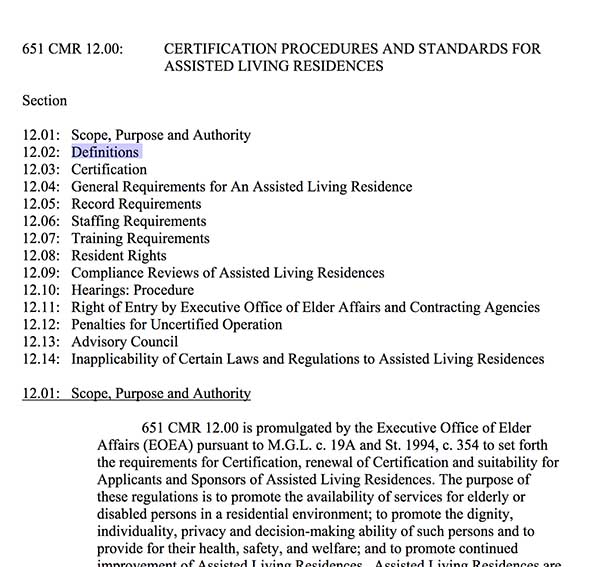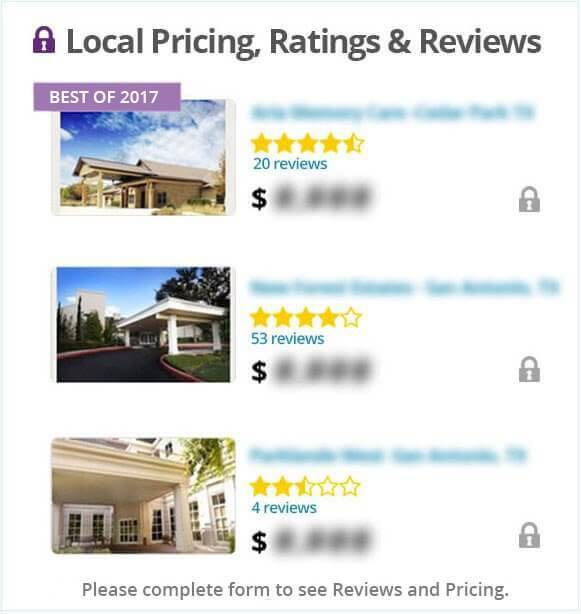An Overview of Assisted Living Regulations in Massachusetts
Assisted Living is downright confusing, for a few reasons. First, when families get to the point that the need assisted living for a loved one, they are usually ‘thrown’ into it without practice, or a trial run at it. It’s “I need it now” and decisions are often based on emotions, not data and solid research.
Another reason that it’s so confusing is that assisted living is not regulated under one central authority in the United States. Each state largely has it’s own say as to how (or not) assisted living is regulated, defined, enforced and licensed.
This poses a problem for families who may be researching care in another state. A son or a daughter may be well-versed in assisted living in their home state, but those rules and standards don’t apply to the state that mom or dad are in.
So, Assisted Living Directory’s goal over the years has been to educate our users on where to go to get the best information, and how to understand each state’s rules and regulations.
For Massachusetts, it’s first important to understand who (the agency) is in charge of overseeing assisted living for the State of Massachusetts.
This title and responsibility goes to the state’s Executive Office of Elder Affairs.
The EOEA office’s website looks like this:
This Office, and associated website, provides some useful information for both consumers and providers.
There is a section for Regulations and Statistics, which has a “Housing/Assisted Living” program link, and from there, you will find some additional and highly useful sections including:
- Assisted Living Certification Regulations
- Assisted Living Original Certification Application
- Final Assisted Living Regulations
- Assisted Living Annual Aggregated Data Report
Under the Final Assisted Living Regulations section, you’ll be greeted to additional pages, many of which can be saved (and printed) in a .pdf format. Documents included are:
Amended Assisted Living Regulations – Training Session 651 CMR 12.00 (PDF)
Final Certification Procedures and Standards for Assisted Living Residences
Assisted Living Certification Standards Frequently Asked Questions (PDF)
Assisted Living Residence Resident-Specific Incident Report Form (PDF)
Assisted Living Residence Facility-Wide Incident Report Form (PDF)
One document that may be of particular interest is the Certification Procedures and Standards for Assisted Living Residences .pdf document, which, at this time is over 40 pages long.
One item that I always find useful is the definitions section, where (many states have a similar document of definitions) terms like ‘Assisted Living’ and ‘Activities of Daily Living’ and other industry-similar terms are defined.
As previously mentioned, each state can be quite different in terms of how they define, and even ‘label’ assisted living. Some states do not even officially recognize the term ‘assisted living.’
These regulations are so very important for assisted living administrators, owners, and staff to know, and uphold at the facility that they are associated with.
These regulations are also useful to families, and residents, and those who care for them (caregivers) to know if they are receiving the absolute best, or highest standard of care within the bounds of the state’s laws and statutes.
Lastly, these regulations can be useful to those who are considering opening their own assisted living home. They (the regulations) should give you a fair idea of the scope of the laws, and what is involved with operating an assisted living home on a daily basis while maintaining the health and safety standards set forth by the State of Massachusetts.




